Gardening has created curiosity in me. Not just a curiosity about growing food, but the many facets within the outside world. The intricate world of pollinators is a mesmerizing one. Without them, everything stops. I’m expanding my garden to encourage and support pollinators and sharing my ideas with you.
Spend time observing
Pollinators are essential to life plain and simple. They are the crucial components of food and stable ecosystems. The health of an ecosystem can be quickly determined just by studying the pollinator population. Last year, I became keenly aware of the insects, birds, and other living creatures in and around my garden. I found myself spending as much time observing my garden as I did cultivating it. What I noted is influencing how I encourage and support pollinators this year.


Such a variety of Pollinators
One of the first pollinators that greeted me this year was the beautiful red-spotted purple (Limenitis Arthemis Astyanax). This butterfly spent most of the summer with me last year so I was thrilled to see it return. The variety of bees is also impressive around my garden. Did you know there are approximately 4,000 bee species in the United States? Although we see them the most, it’s not all about the honeybee and bumblebee!


beyond birds and bees
I have seen hummingbirds, moths, snails, flies, beetles, mosquitoes, and ants all around my garden. At night we love to watch the bats as they dart across the sky. The only way we know to look up is by their high-pitched squeal. Don’t get distracted or you will miss them. While often shrouded in mystery, bats are quick creatures with a lot to accomplish as they are some of America’s best pollinators. My opinions of bats changed 100% after visiting the Old Tunnel State Park in Texas.
We arrived just before dusk and waited for the millions of Mexican free-tailed bats to emerge. Just like at home, we had to stay focused. Blink and you miss it. The bats came out in a swarm and were gone as quick as they came. If you find yourself near Fredericksburg, Texas, don’t miss this experience! Encouraging and supporting pollinators goes way beyond the beauty of bees and butterflies.
adding wildflowers
There is no denying the beauty of the flowers in Texas. Honestly, it is one of the main reasons I wanted to visit. While in Fredericksburg, I visited the Wildseed Farms. I picked up a bag of wildflowers that grow easily in Georgia. I planted them just outside of my vegetable garden this year. The package of seeds was sown directly into the soil and within 5 days, I had plants coming up. I’m encouraged but keeping my fingers crossed for a variety of bright colors.
Ideas to encourage and support pollinators
- Choose native plants whenever possible. In Georgia, the pollinators love milkweed, cosmos, black cherry trees, beebalm, parsley, fennel, and joe pye weed.
- Avoid chemicals and pesticides. These not only damage your plants but greatly affect the ecosystem and pollinators.
- Add flowering trees and shrubs. Flowers are not your only option.
- Create gardens that have clumps of plants. This will encourage and support pollinators better than single plants.
- Use flowerpots around your outdoor space. Having a small outdoor area shouldn’t discourage you. A few flowers and herbs in pots of any size will support many pollinators.
- Support a local nursery. They will most likely have a better selection of native plants and be willing to give you advice for your space.
- Don’t forget water! Pollinators need to drink too. Keep a shallow amount of water in a bird bath or dish. Add a few stones to serve as a perch. Don’t worry about keeping it spotless; they don’t mind a little dirt.
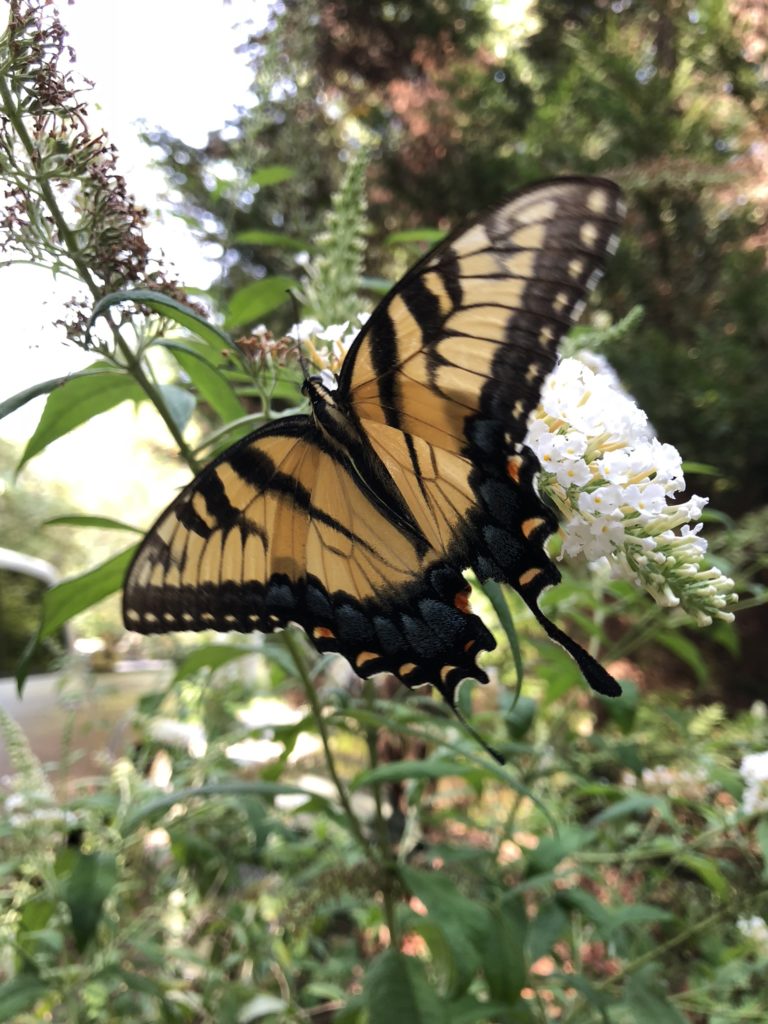
Support the Purpose
Encouraging and supporting pollinators is a very natural thing. Once you begin building your gardens, you will find that what grows easily is what pollinators love. If it is meant to be in your area, it has a purpose. We are just here to support the purpose. Lucky for us, we get to enjoy the beauty and peaceful quiet that nature provides when it is in sync. Meet me in the garden and let’s encourage and support pollinators.
Stay Curious,

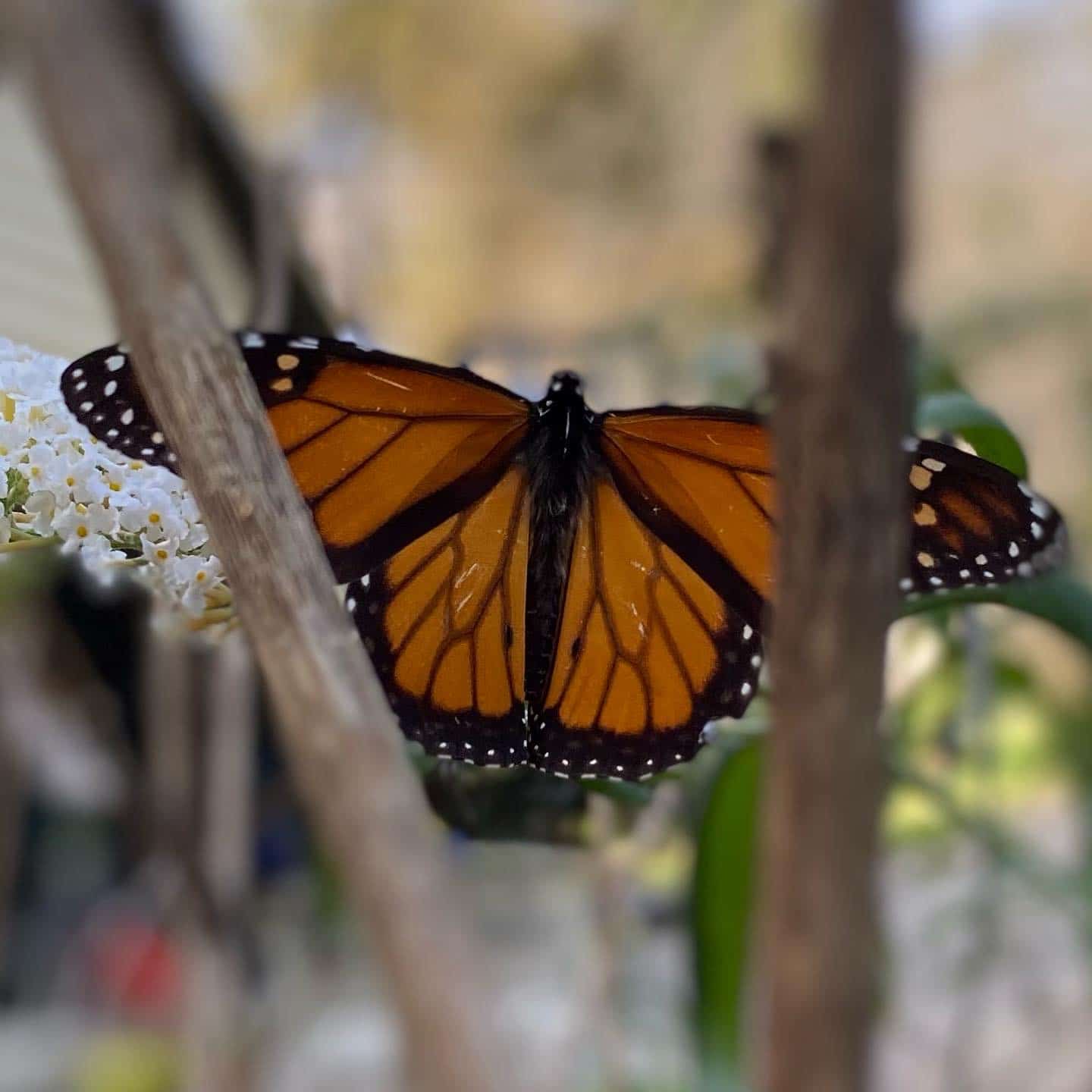
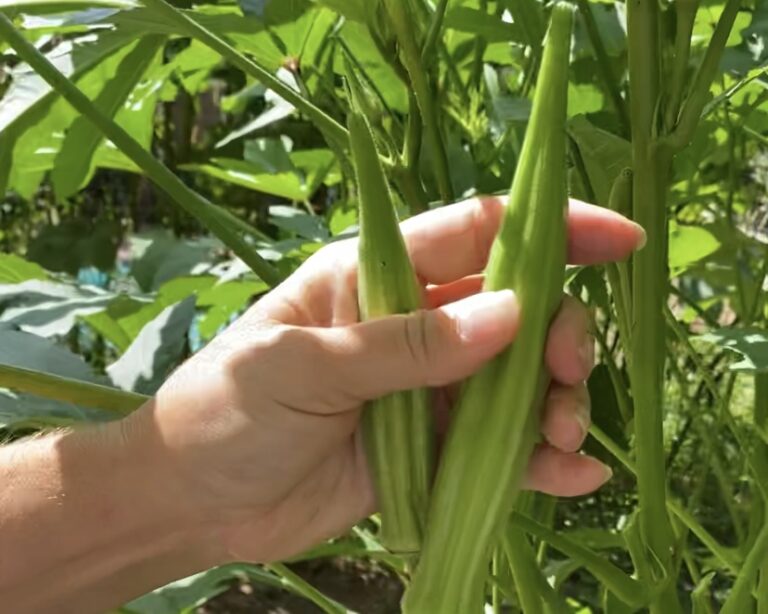
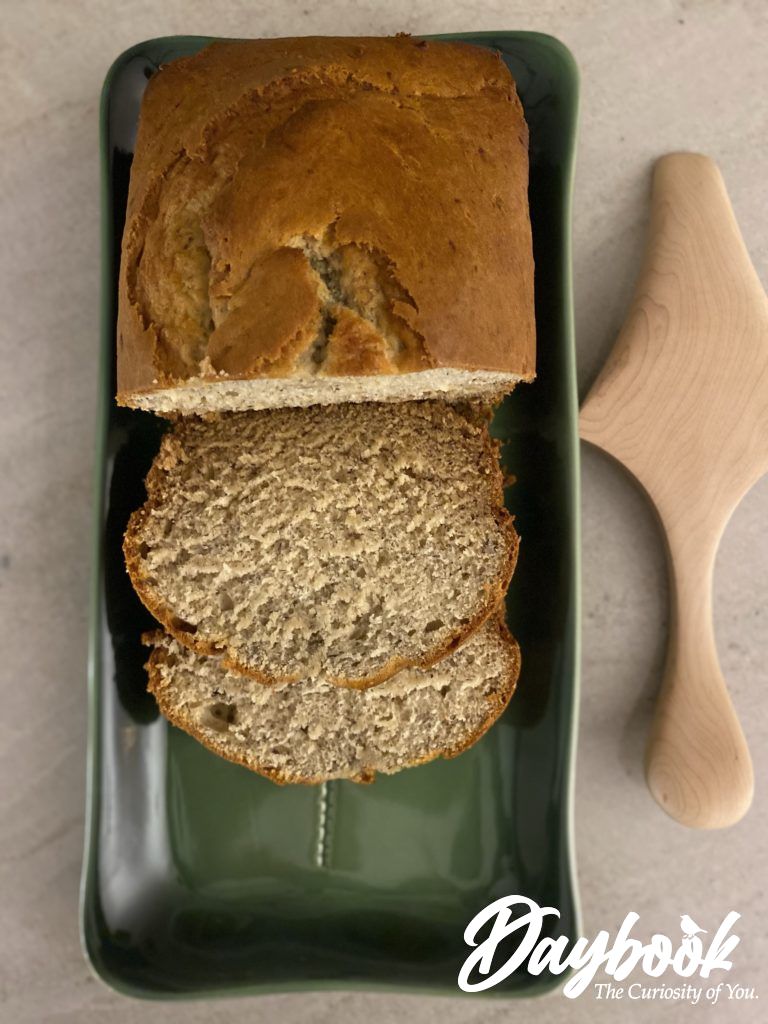
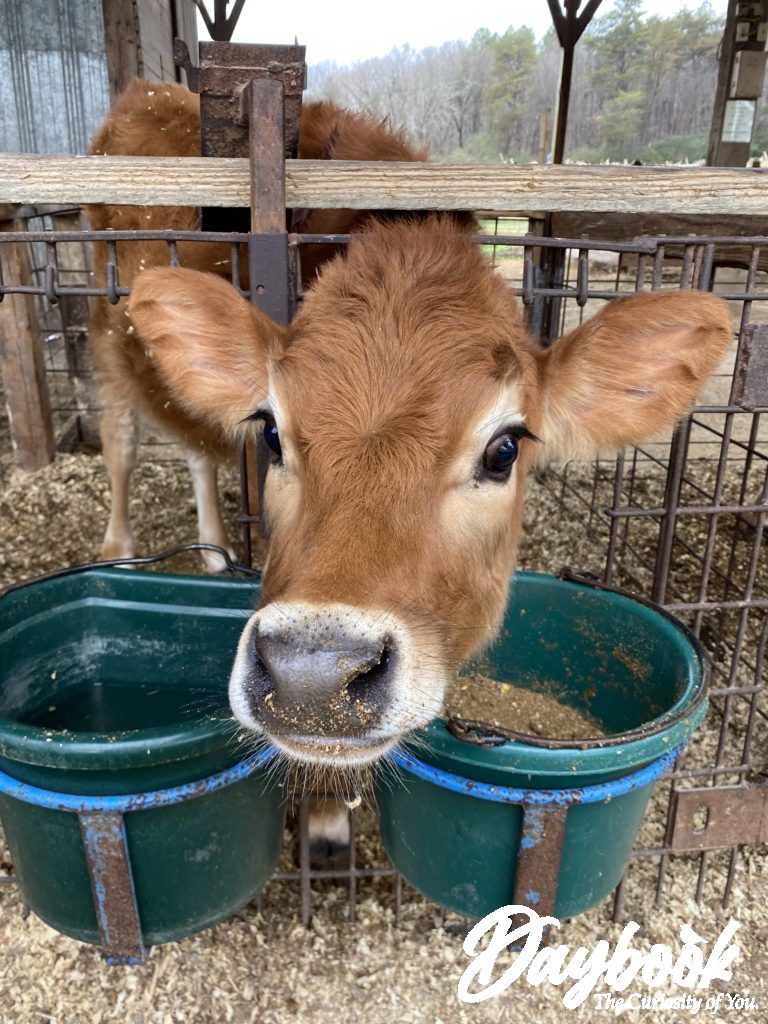
4 Responses
Kristy, by accident I discovered a wonderful plant that pollinators go crazy for. It’s a wild plant: hoary mountain mint. Usually I would see it in the woods and it’s pretty and “frosted” looking. In sun it’s not frosted, all green. But covered with pollinators! I planted it in my veggie garden. Will share some with you.
Also, love the Texas hill country photos! I’ve never been, want to go!
Yes!! You need to get there. It is beautiful during every season. We went in the fall but I would love to go back in the spring.
That is exciting, Carolyn. I have not heard of that plant. It certainly must be native if you found it in your woods. I would love to see a picture of it and would welcome a shoot for my garden. Thank you!!